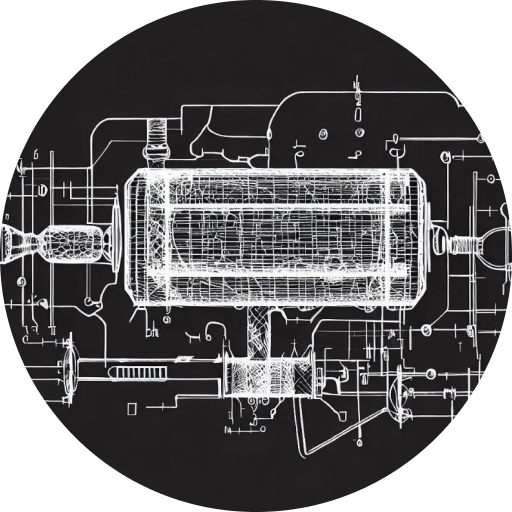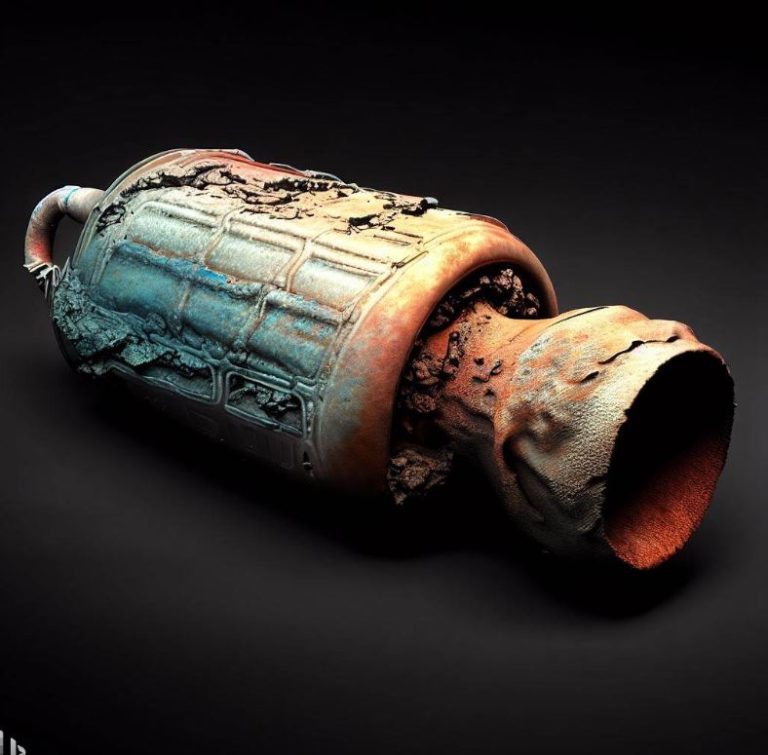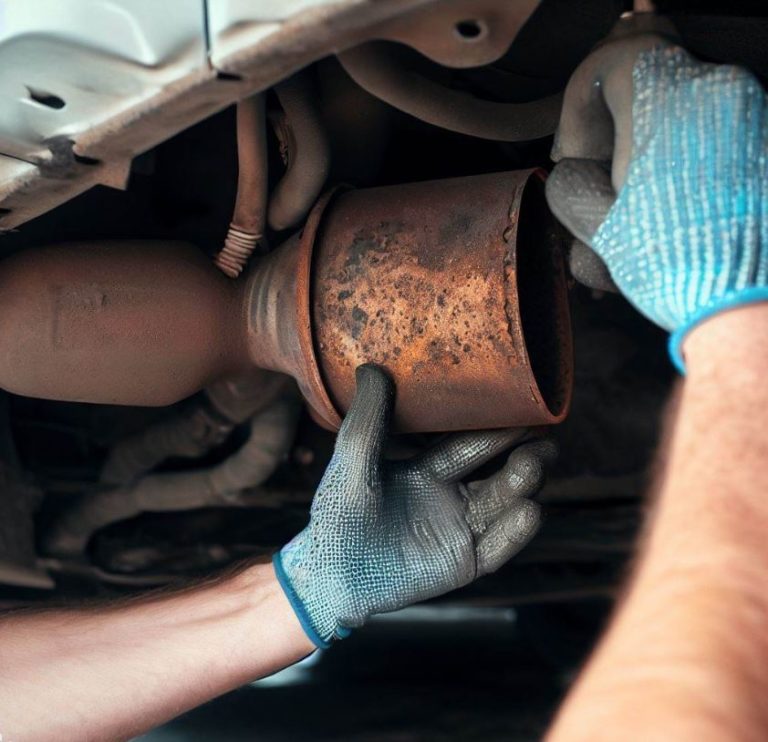Understanding What Metals are Found in a Catalytic Converter
A catalytic converter, an integral part of a vehicle’s exhaust system, is composed of several metals that act as catalysts to transform harmful emissions into less toxic substances. According to U.S. Environmental Protection Agency, these metals predominantly include platinum, palladium, and rhodium.
The Big Three: Platinum, Palladium, and Rhodium
These three precious metals constitute the primary catalysts within a catalytic converter. Platinum and palladium play a crucial role in oxidation reactions, converting carbon monoxide and unburned hydrocarbons into carbon dioxide and water vapor. Rhodium, on the other hand, is used in the reduction of nitrogen oxides into nitrogen and oxygen.
The combination of these metals, their unique properties, and their reactions to high temperatures and pressure conditions within the converter contribute to its efficiency.
Cerium: The Auxiliary Metal
Beyond the trio of platinum, palladium, and rhodium, cerium is another metal found in a catalytic converter. Although it’s not as well-known or as precious, cerium serves as an oxygen storage component. It helps maintain an optimal air-fuel ratio for the catalytic reactions to occur effectively, thereby playing an essential auxiliary role in the catalytic process.
Substrate and Shell Materials
In addition to the catalytic metals, a catalytic converter also consists of substrate and shell materials. The substrate, typically made of cordierite, a type of ceramic, serves as the structure that supports the precious metal catalysts. The shell, constructed from stainless steel, provides a robust outer cover to protect the internal components from damage.
The Value and Recovery of Catalytic Converter Metals
Due to the precious metals contained within, catalytic converters have significant value even after their effective life in a vehicle ends. Recycling companies and metal recovery services often purchase used catalytic converters to extract and refine these valuable metals. However, the process requires specialized equipment and knowledge due to the hazardous materials involved.
Conclusion
Understanding the metallic composition of a catalytic converter not only provides insight into how it operates but also highlights the value of this seemingly mundane car component. The blend of precious and practical metals ensures the efficient conversion of harmful emissions into environmentally safer gases.
For more information about catalytic converters, consider the articles “Precious Metals in Catalytic Converters: The Role of Platinum” and “The Metallic Composition of Catalytic Converters“.
- Upgrade Your Honda Accord with the Best Catalytic Converter for Enhanced Performance - October 30, 2023
- Boost Your Chrysler 300’s Performance with a High-Quality Catalytic Converter - October 30, 2023
- Enhance Your Jeep Liberty Performance with a Catalytic Converter - October 30, 2023









